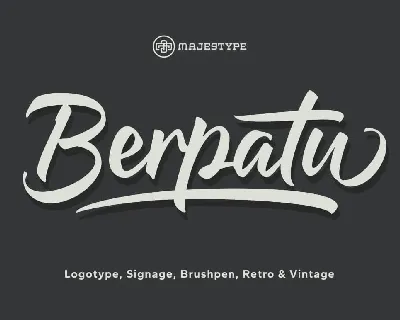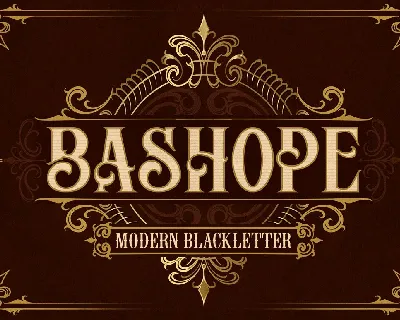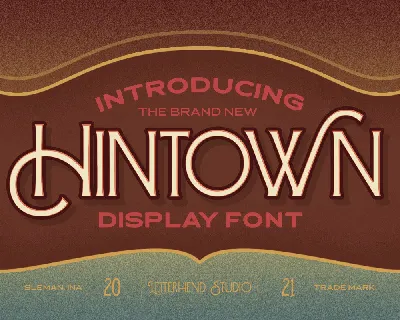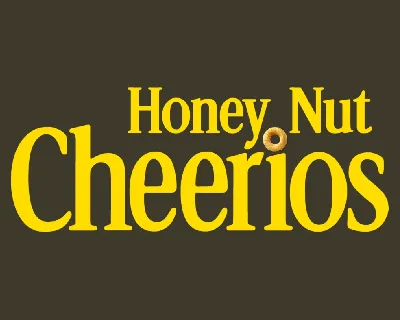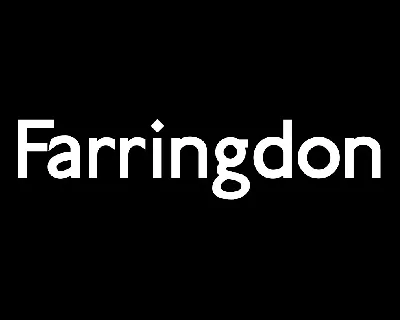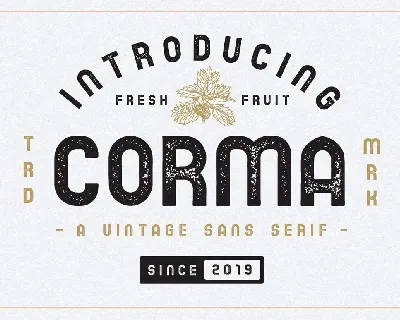Download free Serie A font - DINNextW1G-Black.otf
Serie A, also called Serie A TIM due to sponsorship by TIM, is a professional league competition for football clubs located at the top of the Italian football league system and the winner is awarded the Scudetto and the Coppa Campioni d’Italia.
Serie A Logo Font
Conclusion
I hope you enjoyed these collections of Serie A similar fonts. We searched the web and discovered the most closest Serie A similar fonts and these fonts are completely free for personal use. If you think we missed any similar font of Serie A then you can share the font with us.
Thanks
Download font
Free for Personal Use
This fonts are authors' property, and are either shareware, demo versions or public domain. The licence mentioned above the download button is just an indication. Please look at the readme-files in the archives or check the indicated author's website for details, and contact him if in doubt. If no author/licence is indicated that's because we don't have information, that doesn't mean it's free.







